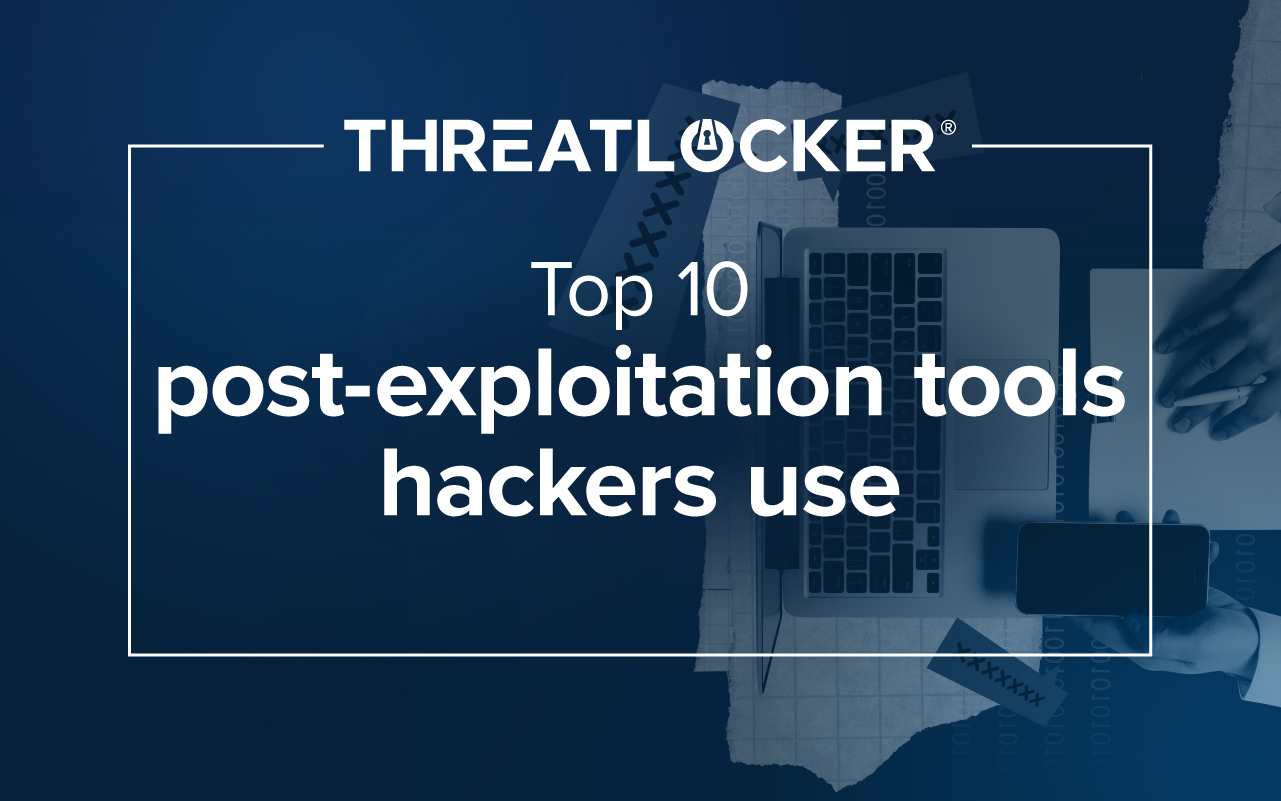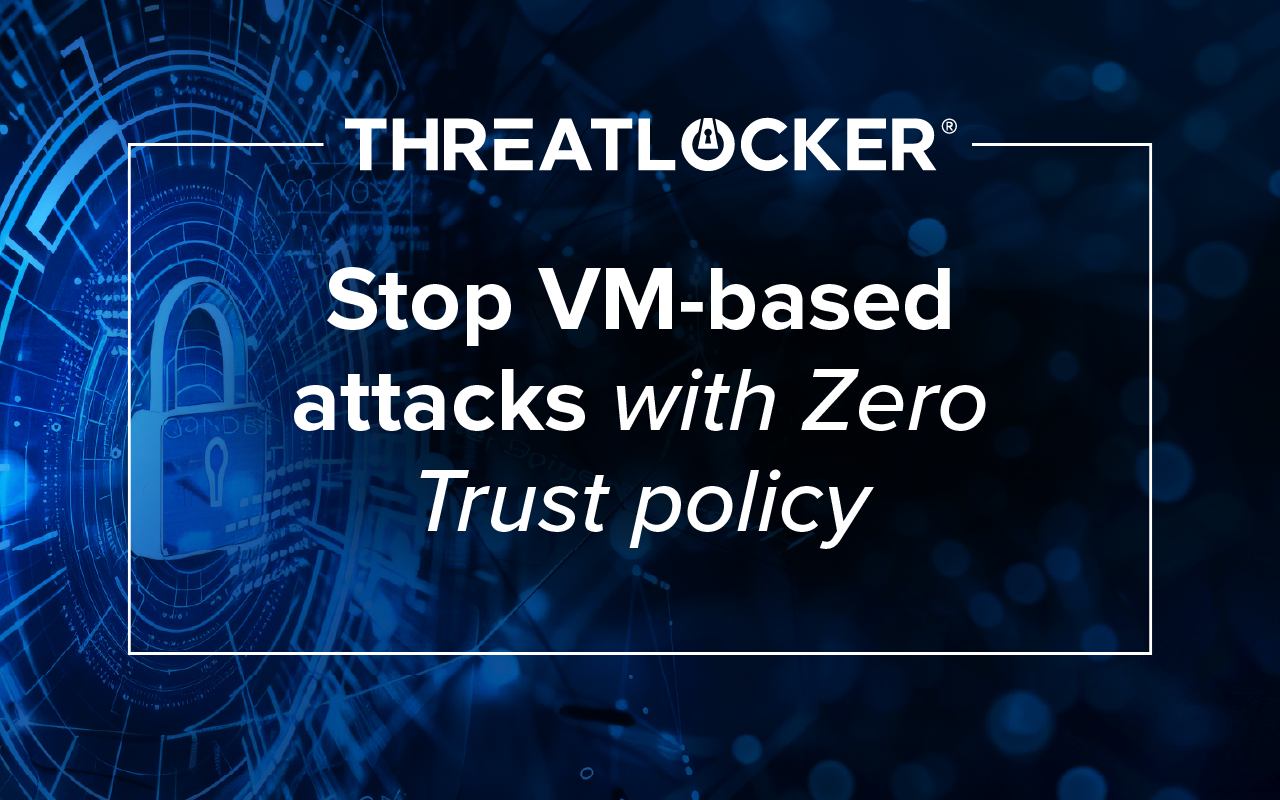Table of contents
Contents:
- Cloud security assessments help identify vulnerabilities in your cloud environment before they become costly breaches.
- Different types of assessments include internal, external, and compliance-focused.
- Key vulnerabilities to watch for: Weak IAM, misconfigured resources, lack of encryption, poor security policies, insufficient monitoring, and vulnerable applications.
- CSPM, CWPP, and penetration testing tools can automate and streamline the assessment process.
- Cloud security is constantly evolving, so leverage resources like provider documentation, industry reports, and webinars to stay informed.
In 2023 alone, IBM found that 82% of breaches involved data stored in the cloud.
As cloud services become integral to business operations, ensuring robust security measures is more critical than ever. A thorough cloud security assessment can uncover vulnerabilities that might otherwise go unnoticed, protecting sensitive data and maintaining trust.
Identifying potential security weaknesses early can mean the difference between a secure environment and a costly breach.
What is a cloud security assessment?
A cloud security assessment is an evaluation of your organization's cloud environment to identify vulnerabilities, risks, and security gaps. It's like a health checkup for your cloud infrastructure, making sure everything is running securely and efficiently.
This assessment is crucial for understanding your security posture and tackling potential threats before they turn into bigger cybersecurity issues like data breaches.
There are different types of cloud security assessments, each with a specific focus:
- Internal assessments: These are done by your in-house security team to check your security controls and make sure you're following internal policies.
- External assessments: Third-party security experts conduct the same assessments as internal teams but with less biases. They provide outsider perspectives and expert knowledge on concepts that could help increase your cloud security posture.
- Compliance Assessments: These focus on making sure you meet industry regulations and compliance standards, such as HIPAA, PCI DSS, or GDPR.
Conducting a cloud security risk assessment helps organizations address common cloud security challenges, including:
- Misconfigurations: Incorrect cloud setups can create vulnerabilities that hackers can take advantage of.
- Access Control Issues: Weak access controls can lead to unauthorized access to sensitive data.
- Data Breaches: It's crucial to protect sensitive data from being accessed, modified, or deleted without permission.
- Compliance Violations: Failing to comply with industry regulations can result in hefty fines and damage to your reputation.
Cloud security assessment checklist
The National Institute of Standards and Technology (NIST) offers a repository of checklists in which you can reference for your security audits. Here is one of those checklists to help guide you through the process:
Gather Information
- Collect relevant information about your cloud environment, including network architecture, security controls, and data flow diagrams.
- Review any existing security policies, procedures, and documentation.
Identify threats and vulnerabilities
- Conduct a thorough cloud security posture assessment to identify potential threats and weaknesses in your cloud environment.
- Use a mix of automated scanning tools and manual testing to find security gaps.
Assess risks
- Analyze the threats and vulnerabilities you’ve identified to determine the likelihood and potential impact of a security incident.
- Prioritize risks based on their severity and potential consequences.
Develop remediation plan
- Create a step-by-step plan to address the identified vulnerabilities and reduce risks.
- Prioritize fixes based on the risk assessment and their impact on your business.
Implement security controls
- Implement appropriate security controls to address vulnerabilities and strengthen your cloud security.
- This might include applying access controls, encryption, network security measures, and monitoring tools.
Monitor and review
- Keep a close eye on your cloud environment for any new threats or vulnerabilities.
- Regularly update your security assessment to stay aligned with your changing cloud environment and security needs.
Key signs to look out for
Conducting a thorough cloud infrastructure security assessment means keeping an eye out for potential vulnerabilities. Here are six key warning signs to watch for:
1. Inadequate Identity and Access Management (IAM)
IAM is an important part of cloud security, controlling who has access to which resources in your cloud environment. Weak IAM practices can leave your organization vulnerable to unauthorized access and data breaches.
Signs of weak IAM
- Excessive admin privileges: Too many users with admin access can increase the chance of unauthorized changes or malicious activity.
- No multi-factor authentication (MFA): MFA adds an extra layer of security. Without it, attackers have an easier time gaining access, even if they get hold of compromised credentials.
- No principle of least privilege: Users should only have the minimum permissions needed for their jobs. Too much access increases risk.
To address these issues, start by implementing role-based access control (RBAC) to grant permissions based on roles.
It’s also important to enforce MFA for all users, especially those with admin access.
Regularly reviewing and removing unnecessary access privileges is also essential for maintaining security.
2. Misconfigured cloud resources
Misconfigurations are one of the top reasons for cloud security breaches. Cloud resources like storage buckets, databases, and virtual machines need to be set up correctly to keep unauthorized users out.
Examples of misconfigurations
- Open S3 buckets: Publicly accessible storage buckets can expose sensitive data to anyone online.
- Exposed databases: Databases without proper access controls are an easy target for attackers.
- Unpatched systems: Skipping security patches leaves systems vulnerable to known exploits.
In 2019, Capital One fell victim to a breach when a former Amazon Web Services employee exploited a misconfiguration at the application layer of Capital One’s Web Application Firewall. The breach exposed over 100 million records, including credit applications and personal information.
Detection and prevention
Use cloud security posture management (CSPM) tools to automatically catch misconfigurations. Regular security audits and vulnerability scans are also essential, along with following your cloud provider's best practices for securely configuring resources.
3. Lack of data encryption
Data encryption is essential for keeping sensitive information safe, whether it's stored or being transmitted. If data isn’t encrypted, a breach could have serious consequences.
Signs of insufficient encryption
- Storing sensitive data in plain text.
- Not encrypting data when it’s being sent over networks.
- Weak or non-existent key management policies.
To ensure proper encryption, make use of encryption services provided by your cloud provider, implement end-to-end encryption for data in transit, and establish strong key management practices.
4. Weak security policies and procedures
Well-defined security policies and procedures are essential for keeping your cloud environment secure. They provide a framework for managing risks and responding to incidents.
Signs of weak policies
- No comprehensive security policy in place.
- Missing an incident response plan.
- Outdated or ineffective security procedures.
Steps to improve
Start by creating detailed security policies that cover all areas of cloud security.
Next, develop an incident response plan so your team knows what to do if something goes wrong.
Finally, regularly review and update your policies and procedures to keep up with changes in your cloud environment and new threats.
5. Insufficient monitoring and logging
Ongoing monitoring and logging are critical for detecting and responding to security threats. Without proper monitoring, threats can go unnoticed, leading to significant damage.
Signs of inadequate monitoring
- Lack of centralized logging.
- No real-time alerts for suspicious activity.
- Little or no log analysis.
Make sure to use cloud-native monitoring and logging tools and set up a security information and event management (SIEM) system. Also, leverage threat intelligence feeds to stay ahead of potential threats.
6. Vulnerable applications and services
Applications and services running in the cloud can be exposed to vulnerabilities that attackers might exploit. Regular security testing and patching are key to keeping these risks in check.
Identifying and fixing vulnerabilities
- Conduct regular vulnerability scans and penetration testing.
- Implement secure coding practices and code reviews.
- Apply security patches as soon as possible.
By focusing on these signs during your cloud security assessment, you can spot and fix potential vulnerabilities early, strengthening your overall security and protecting your valuable assets.
Cloud security assessment tools and resources
Several tools can automate and streamline the cloud security assessment process, making it easier to spot vulnerabilities and misconfigurations more efficiently:
- Cloud Security Posture Management (CSPM) Tools: These tools offer continuous monitoring and compliance checks. They help organizations maintain a secure cloud posture by identifying misconfigurations and compliance violations.
- Cloud Workload Protection Platforms (CWPP): CWPP solutions provide runtime protection for cloud workloads, detecting and preventing malicious activity as it happens.
- Penetration Testing Tools: These tools simulate real-world attacks to identify vulnerabilities in your cloud infrastructure.
Staying updated on cloud security best practices
Cloud security is always changing, so it’s important to stay up to date on the latest threats, vulnerabilities, and best practices. Here are some helpful resources:
- Cloud Provider Documentation: Platforms like AWS, Azure, and Google Cloud offer plenty of guides and resources on security best practices.
- Industry Reports: Organizations like Gartner, Forrester, and Verizon regularly publish reports on cloud security trends and best practices.
- Webinars and Conferences: Attend cloud security webinars and conferences to learn from experts and connect with others in the field.
ThreatLocker solutions
At ThreatLocker, we offer a range of security solutions that can strengthen your cloud security:
- Application Control: Prevent unauthorized applications from running in your cloud environment, reducing the risk of malware and ransomware attacks.
- Ringfencing: Isolate critical apps and data to minimize the damage in case of a security breach.
- Network Control: Control the inbound and outbound traffic of your endpoints and servers.
- Storage Control: Manage who can access sensitive cloud data, preventing unauthorized access and data leaks.
Take charge of your cloud security today
A secure cloud environment is a shared responsibility between you and your cloud provider. Take ownership of your security posture by implementing strong security controls, staying updated on best practices, and using the right tools.
Ready to take control of your cloud security?
Book a demo with ThreatLocker today to see how our innovative solutions can help you strengthen your defenses and gain peace of mind in the cloud.






